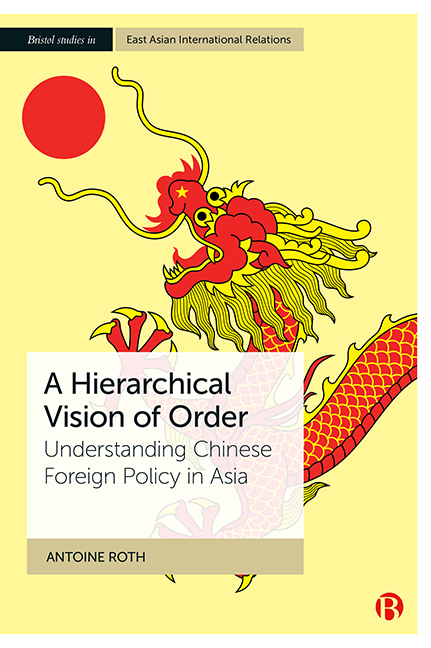Book contents
- Frontmatter
- Contents
- Acknowledgements
- Introduction
- 1 Aspects of Asia as an International System
- 2 The Ideal of Hierarchical Order
- 3 Statecraft in the Long Imperial Era
- 4 China’s Forced Entry into International Society and the Transformation of the Ideal of Hierarchical Order
- 5 The Pursuit of a Hierarchical Order in the People’s Republic of China
- 6 Moral Discourse and Ritual in Contemporary Chinese Diplomacy
- 7 Traditional Tools of Rulership in the Modern World
- Conclusion
- References
- Index
3 - Statecraft in the Long Imperial Era
Published online by Cambridge University Press: 17 January 2024
- Frontmatter
- Contents
- Acknowledgements
- Introduction
- 1 Aspects of Asia as an International System
- 2 The Ideal of Hierarchical Order
- 3 Statecraft in the Long Imperial Era
- 4 China’s Forced Entry into International Society and the Transformation of the Ideal of Hierarchical Order
- 5 The Pursuit of a Hierarchical Order in the People’s Republic of China
- 6 Moral Discourse and Ritual in Contemporary Chinese Diplomacy
- 7 Traditional Tools of Rulership in the Modern World
- Conclusion
- References
- Index
Summary
To demonstrate how China’s imperial past still shapes its foreign policy today requires first determining precisely which ideas and practices have carried over and in what form. The previous chapter explored how the aspiration to establish a hierarchical world order coursed through the foundational texts of Chinese political philosophy – and outlined the analytical framework for the rest of this book in the process. This chapter and the next examine how their ideas translated into practice and in what shape they were inherited by Chinese statesmen of the modern era. Here, we conduct a broad overview of Chinese statecraft over the course of the long imperial era, aiming to highlight what elements of the ideal of hierarchical order shone through most frequently and consistently in the imperial court’s dealings with the outside world.
We will emphasize three points in particular. First, Chinese statesmen remained steadfastly attached to the idea that maintaining an all-encompassing hierarchy centred on the Son of Heaven was the only path to order and that his superior moral qualities justified his exalted position. They did not falter even when faced with situations where the empire’s ability to assert its superiority was either in doubt or simply non existent, and where the emperor strayed very far from Confucian virtues. In such cases, they employed various rhetorical techniques to reconcile reality with their ideal of hierarchical order. Second, the role of ritual in maintaining this order went much beyond the reception of tribute and the granting of imperial titles to forge suzerain– vassal relations with other polities, although these were indeed the most common and favoured ritual institutions. A large part of this chapter will be dedicated to an analysis of the broader universe of Chinese techniques of ‘rule through ritual’ (lizhi), and to their purpose and function. Third, it was well understood throughout the imperial era that the power to ‘rectify names’, to awe through military might, and to offer economic benefits to those who followed ritual rules were essential tools for obtaining compliance with the Chinese vision of hierarchical order.
- Type
- Chapter
- Information
- A Hierarchical Vision of OrderUnderstanding Chinese Foreign Policy in Asia, pp. 59 - 79Publisher: Bristol University PressPrint publication year: 2023



